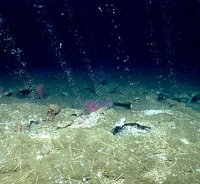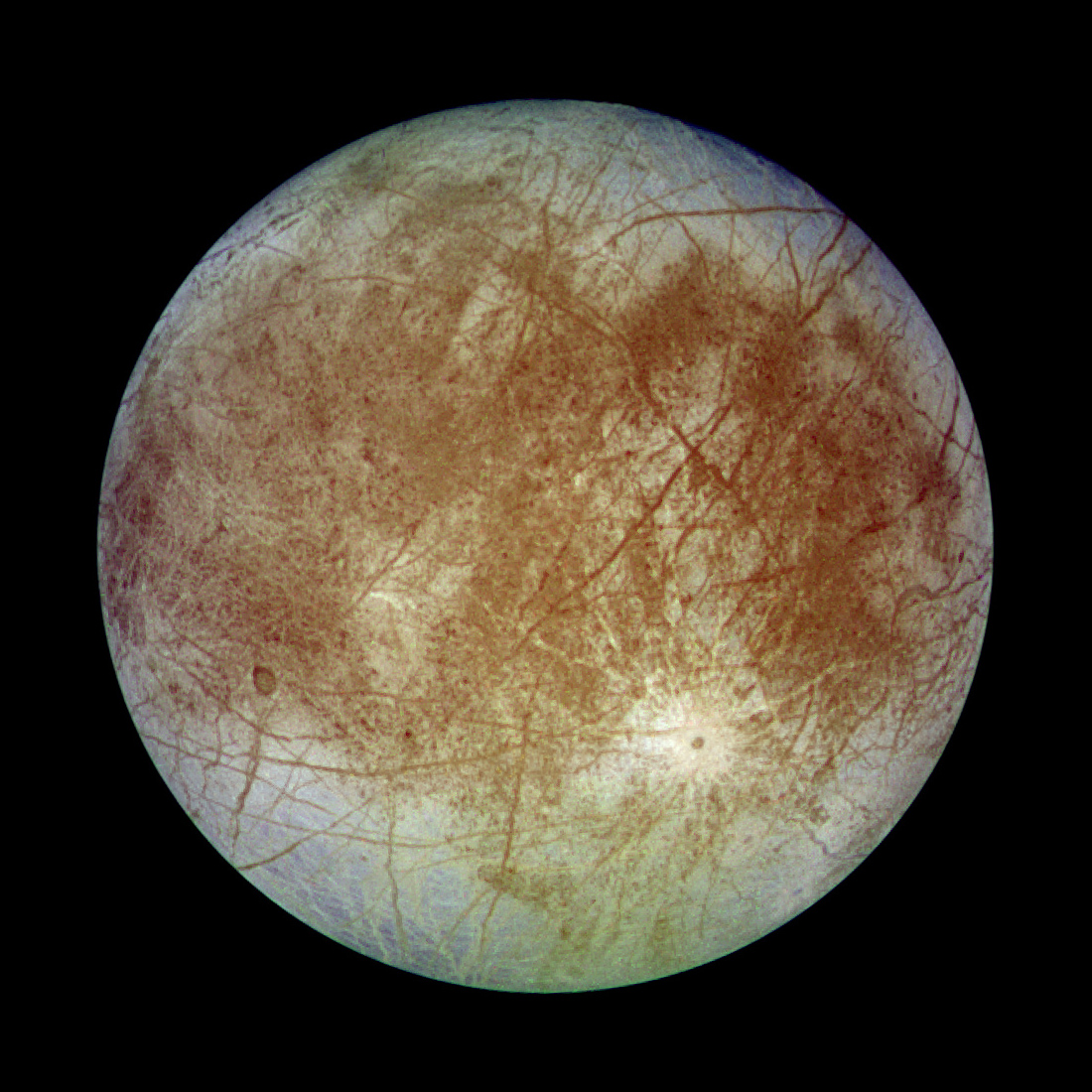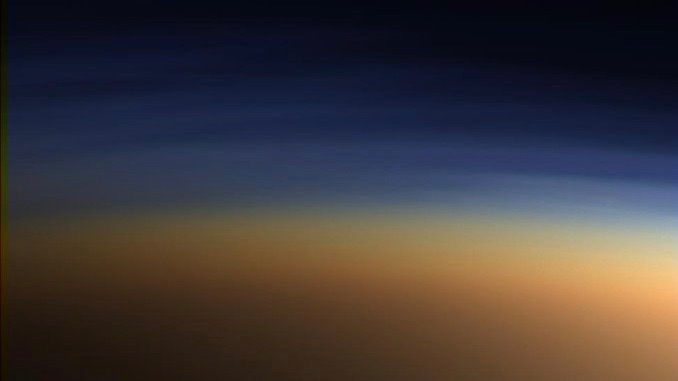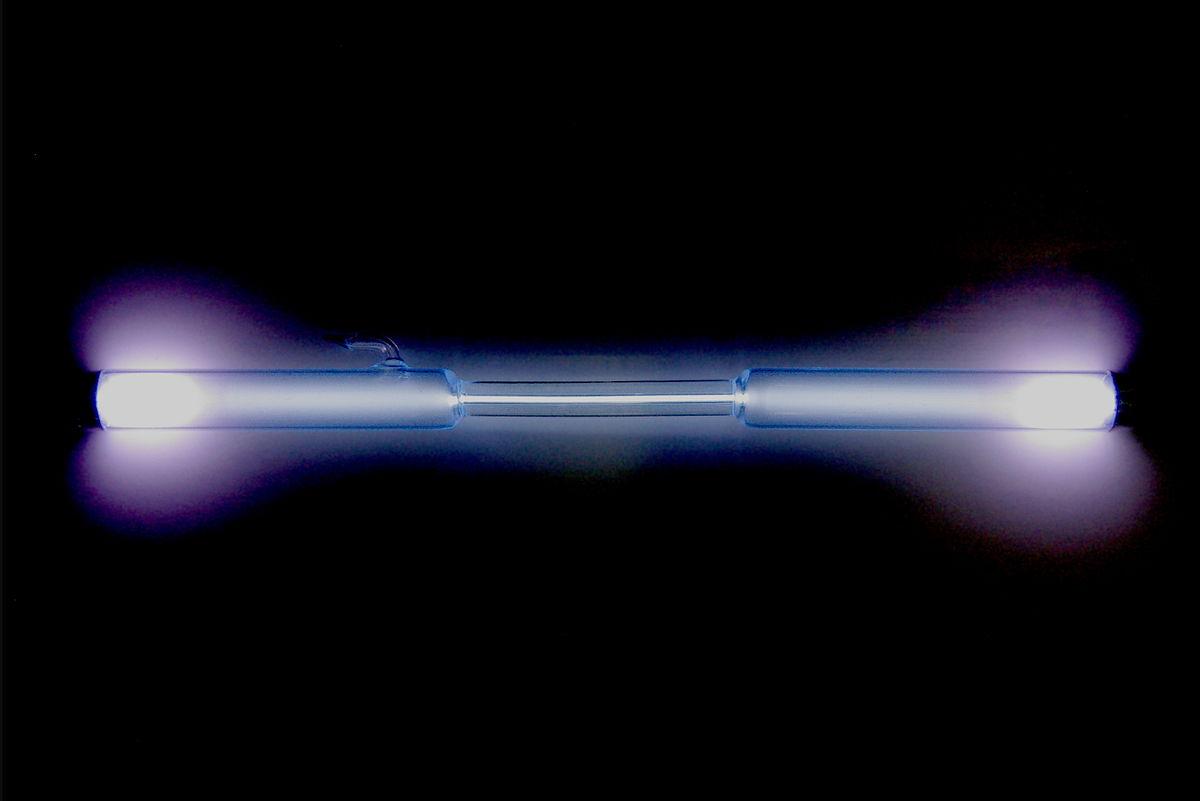
Marine sediments are vast biogeochemical reactors that contribute significantly to global element cycles on multiple time scales. Although microorganisms have been found in all deep sediment cores that have been examined, it is not clear how active they are, what reactions they’re catalyzing or how their activities might be altering the long-term diagenesis of marine sediments. To assess the extent to which the physiochemical properties of marine sediments control microbial activity, my collaborators and I combined and quantified global data sets on sedimentation rates, bathymetry, heat conduction, and sediment thickness. The results reveal new estimates for the volume and average thickness of global sediments, the volume of marine sedimentary pore water, and the thermal structure of the marine subsurface. We can also focus more specifically at hydrothermal systems, where seawater mixes with vent fluids, generating steep redox gradients. These can serve as potential energy sources for microbial metabolism, but also for the abiotic synthesis of organic compounds and biomolecules.
 Getting Under Europa’s Skin
Getting Under Europa’s Skin Tracing Formation and Evolution of Outer Solar System Bodies Through Stable Isotopes and Noble Gas Abundances
Tracing Formation and Evolution of Outer Solar System Bodies Through Stable Isotopes and Noble Gas Abundances Photosynthesis, a Planetary Revolution
Photosynthesis, a Planetary Revolution Xenon: King of the Gases
Xenon: King of the Gases